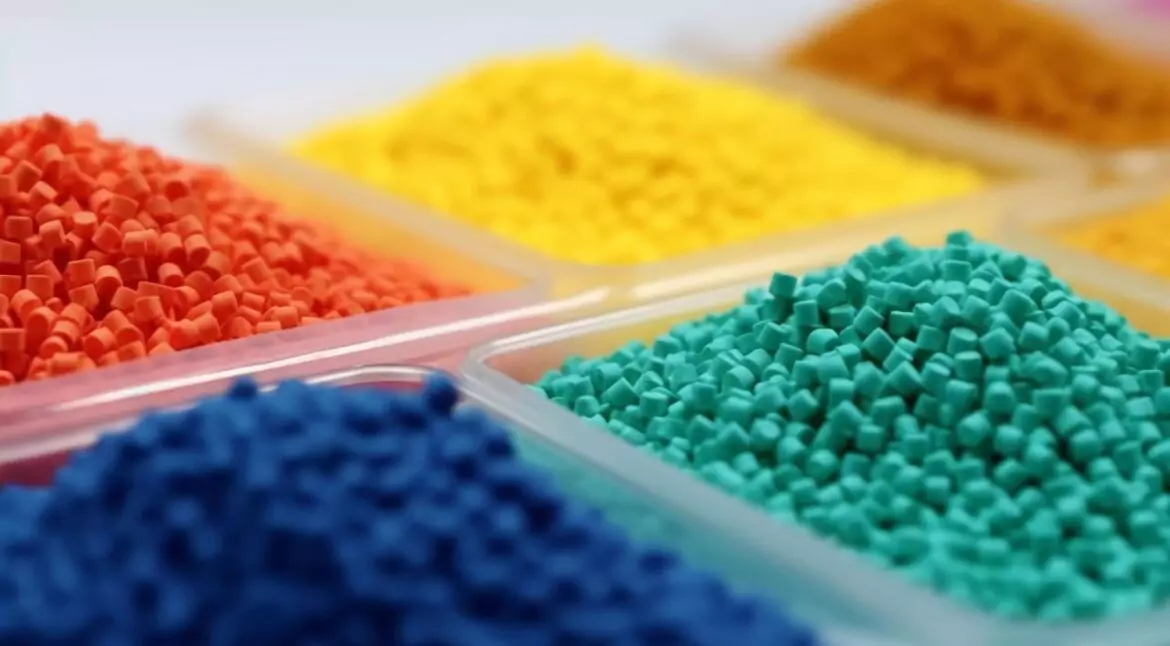Polyolefins such as polypropylene (PP) and polyethylene (PE) are among the most widely used thermoplastics in the world. Their versatility, durability, and ease of processing make them ideal for applications in packaging, consumer goods, automotive components, agricultural films, and more. In these applications, color is not only a matter of appearance—it often plays a role in functionality, product identification, and branding.
Coloring PP and PE effectively presents its own challenges. Due to the nature of polyolefins and their relatively non-polar surfaces, achieving uniform and stable coloration requires careful pigment selection. Among the available options, organic pigments are widely used thanks to their excellent color strength, vibrant hues, and broad compatibility with polymer processing conditions.
Why Use Organic Pigments in Polyolefins?
Organic pigments are carbon-based, insoluble colorants that provide high tinting strength and brilliant chromatic performance. Unlike dyes, they do not dissolve in the polymer but remain as finely dispersed solid particles, offering long-term stability and resistance to bleeding or migration. These characteristics make them highly suitable for polyolefin systems that undergo high-temperature processing such as extrusion, injection molding, and blow molding.
One of the primary reasons organic pigments are favored in PP/PE applications is their excellent heat resistance. Since polyolefins are typically processed at temperatures ranging from 180°C to 280°C, pigments must remain thermally stable throughout the manufacturing cycle to prevent discoloration, decomposition, or emissions.
Key Performance Considerations
When selecting pigments for PP and PE, manufacturers must evaluate several critical properties beyond color tone:
- Heat Stability: Pigments must retain their color integrity at high temperatures without degradation or chemical interaction with the polymer matrix.
- Dispersibility: To avoid streaks, specks, or inconsistent shades, pigments must disperse evenly in the polyolefin melt. Poor dispersion not only affects visual quality but can also impact mechanical performance.
- Lightfastness and Weather Resistance: For outdoor applications such as garden furniture or agricultural films, pigments must resist fading when exposed to sunlight and UV radiation over time.
- Migration Resistance: In food packaging, medical devices, and toys, pigments must not migrate to the surface or into adjacent materials. High resistance to blooming and bleeding is essential in such sensitive applications.
Common Applications and Processing Forms
In industrial production, pigments are often used in the form of color masterbatches—concentrated pigment pellets dispersed in a compatible resin carrier. These masterbatches are then mixed with virgin polyolefin materials during processing. This approach enhances dispersion, improves process control, and simplifies storage and handling.
Typical end-use applications include injection-molded household goods, blow-molded containers, thermoformed trays, and mono- or multilayer films. The colorant system used must be tailored not only to the desired appearance but also to mechanical, regulatory, and environmental requirements.
Conclusion
Coloring polyolefins is a nuanced process that demands a balance of aesthetics and performance. Organic pigments have become an indispensable part of this process, offering durable, vivid coloration across a wide range of PP and PE applications. As sustainability and regulatory standards continue to evolve, the focus is increasingly shifting toward non-toxic, heavy-metal-free, and environmentally friendly pigment technologies.
Understanding the behavior of pigments in polyolefin systems is essential for engineers, formulators, and product designers aiming to produce high-quality colored plastics that stand the test of time—both in form and function.






